Photographies. 1953 — 1990
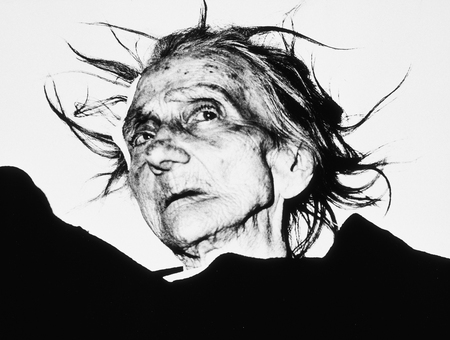

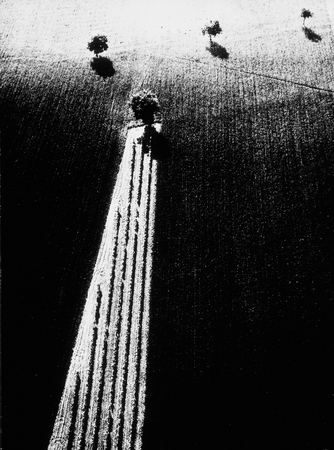
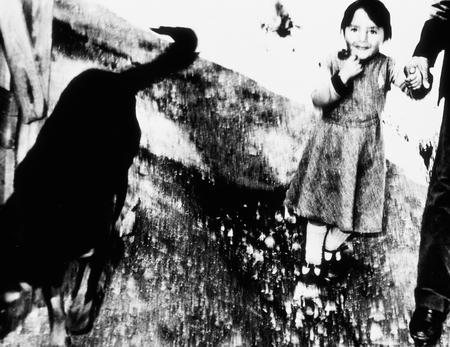
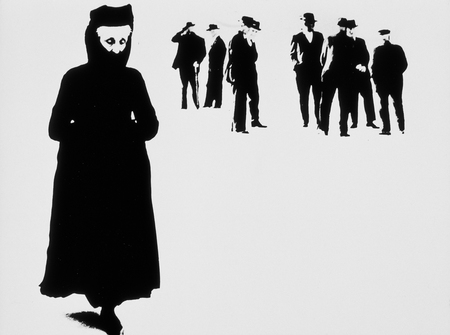
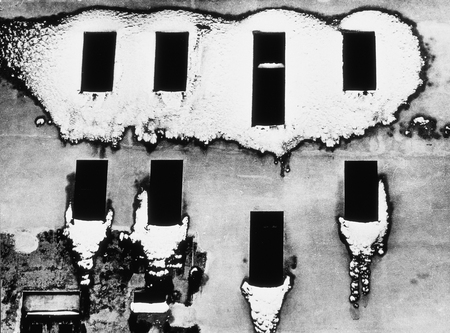
Mario Giacomelli. L’antichambre. 1981 – 1983. Collection de la Maison Europeenne de la Photographie, Paris
Mario Giacomelli. Je n’ai pas de mains qui me caressent le visage. 1961 – 1963. Collection de la Maison Europeenne de la Photographie, Paris
Mario Giacomelli. Histoire de la terre. 1970. Collection de la Maison Europeenne de la Photographie, Paris
Mario Giacomelli. “Ninna, nanna” di Leonie Adams. 1985 – 1987. Collection de la Maison Europeenne de la Photographie, Paris
Mario Giacomelli. Scanno. 1957 – 1959. Collection de la Maison Europeenne de la Photographie, Paris
Mario Giacomelli. “A Silvia” di Giacomo Leopardi. 1987 – 1988. Collection de la Maison Europeenne de la Photographie, Paris
Moscow, 21.03.2008—21.04.2008
exhibition is over
Central exhibition hall Manege
1, Manege Square (
www.moscowmanege.ru
Share with friends
Curator: Pascal Hoël
Collection of the European House of Photography, Paris
This project was supported by the Italian Embassy in Russia and the Italian Institute of Culture in Moscow
For the press
Mario Giacomelli was the only Italian photographer to enjoy international fame starting as far back as the mid 1960s. At a very young age he developed an interest in photography thanks to the guidance and stimulus of Giuseppe Cavalli, whom Giacomelli always recognised as his great mentor. In 1953 he joined the Misa photography group and took part in innumerable nationals and international exhibitions. He published his photographs in the most prominent specialised magazines, including «Ferrania» and «Rivista Fotografica Italiana».
In spite of his early critical success, his first photographs portray members of his family and the country hills of the Marches. In 1957, Giacomelli began to work on the theme of life in a hospice, which he titled «Verra la morte e avra i tuoi occhi» [Death Will Come and it Will Have Your Eyes], after the famous poem by Cesare Pavese. He returned to his theme in 1966 — 1967 and again in 1981 — 1983 with the new title «Non fatemi domande» [Don’t Ask Me Any Questions] photographing the moments that make up the long days of the elderly in the Senigallia rest home. He dedicated his Lourdes series (1957) to the journey of hope of the thousands of sick and desperate pilgrims. That same year he began his portrayal of the town of Scanno (1957 — 1959), with unforgettable shots of darkly clad figures emanating a simple and austere poeticism. One photograph from this series was acquired in 1964 by John Szarkowski director of the Photography Department of the New York Museum of Modem Art for the museum’s permanent collection.
Success arrived in 1962 with the publishing of the series titled «Io non ho mani che mi accarezzino il viso» [I Do Not Have Hands Caressing My Face], portraying the idle moments and outdoor play of seminarians. A dominant theme in his work was always the landscape of the Marches, photographed again and again throughout his area. Giacomelli gave a variety of titles to these landscape series: «Presa di coscienza sulla natura» [New Awareness of Nature] (1954 —2000); «Metamorfosi della terra» [Metamorphosis of the Land (1960 — 1980] «Storie di terra» [Land stories] (1984 — 1985). He dedicated the series «La Buona terra» [Good Land] (1964 —1965) to the farmers of the Marches. Giacomelli worked on a third reportage of southern Italy in the 1980s with his photographs of Ca1abria. He titled it «Calabria. Il canto dei nuovi emigranti» [The Song of the New Emigrants] (198 — 1985) after a poem by Franco Costabile. This series portrayed an intimate and cheerless dimension of southern Italy. «Il mare dei miei racconti» [The Sea of My Tales] (1984 — 1992) is one of the last grand photographic landscape cycles. In it he avoided any naturalism connotations and presented images of seacoasts with surprising conceptual compositions in black and white. In 1992, the first anthological exhibition was organised by the Castello di Rivoli-Museo d’Arte Contemporanea. For the first time his photos were acquired for the permanent collection of an Italian art museum.
Giacomelli died in his hometown, in 2000, just a few months before the opening of his retrospective held in Rome at the Palazzo delle Esposizioni in 2001.




